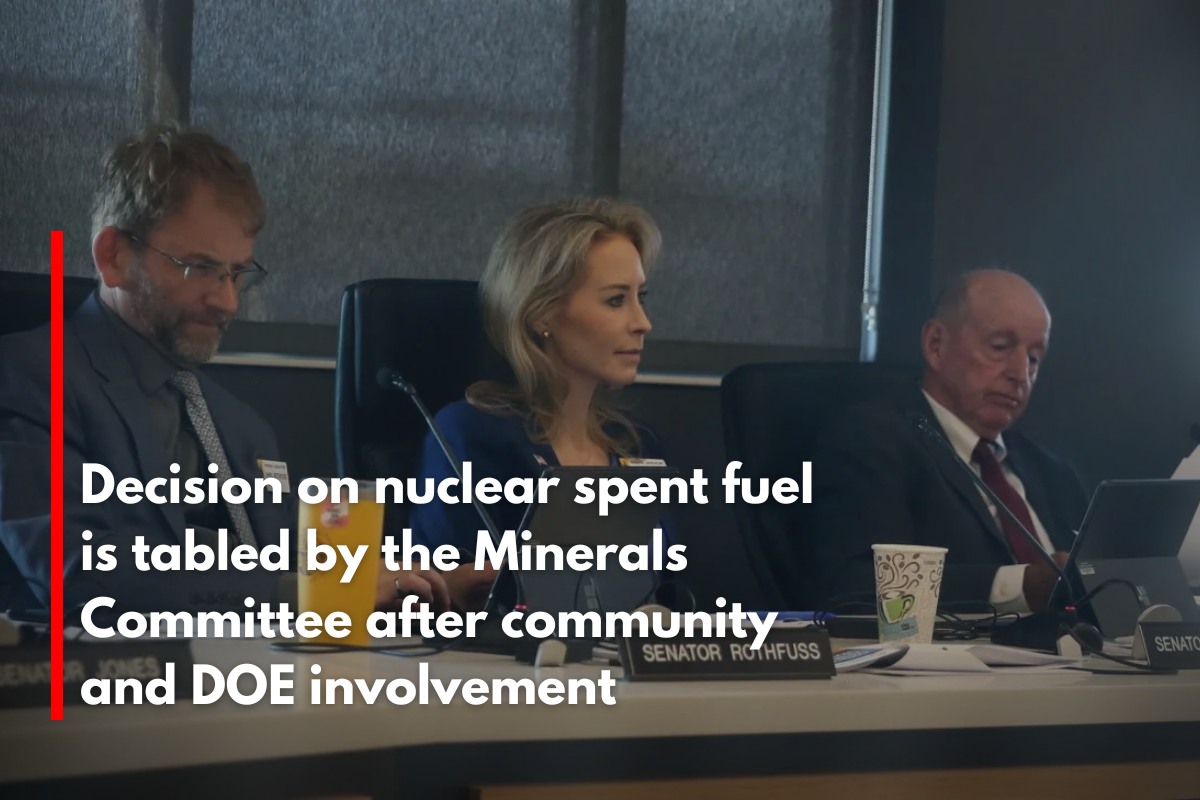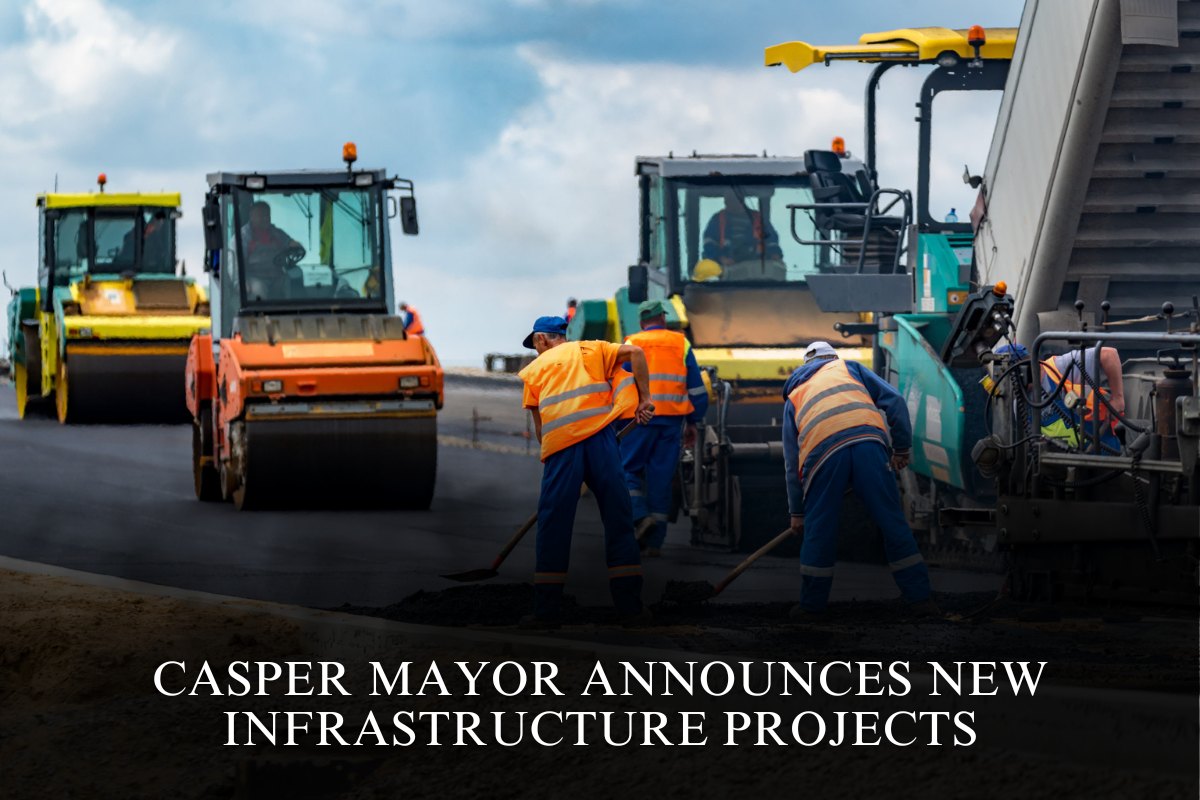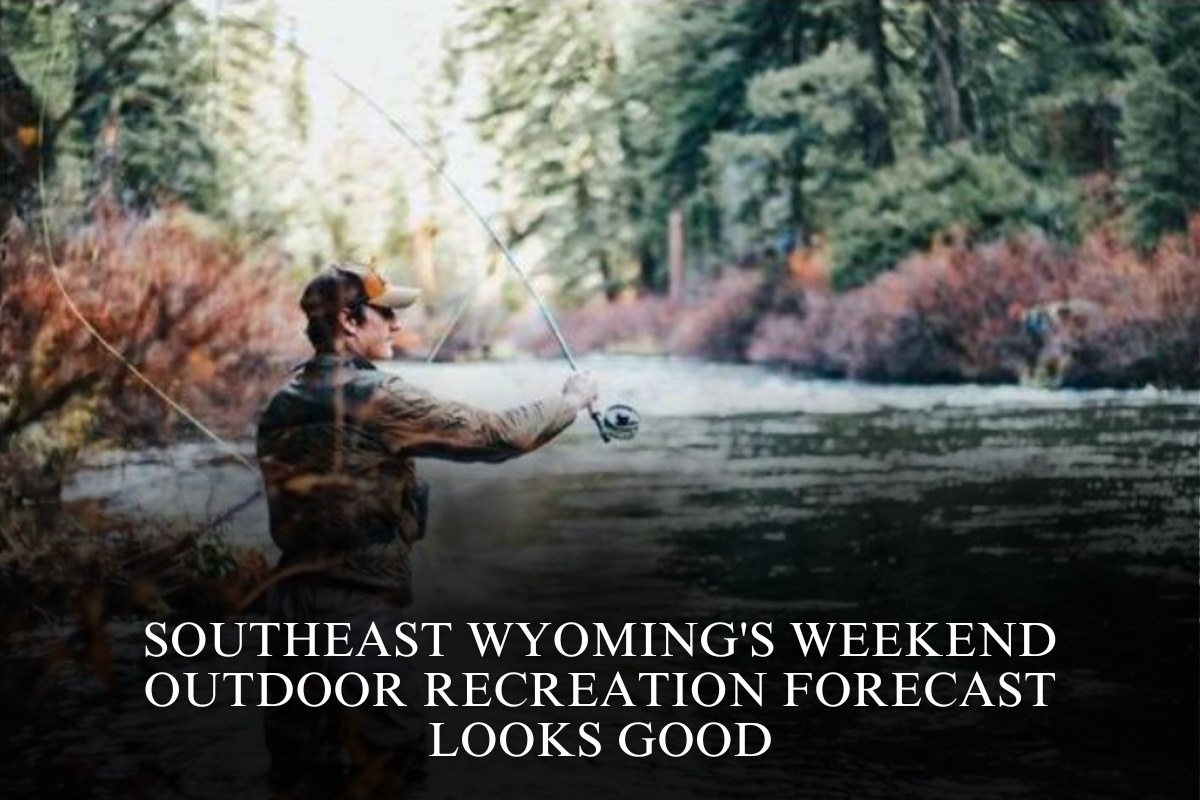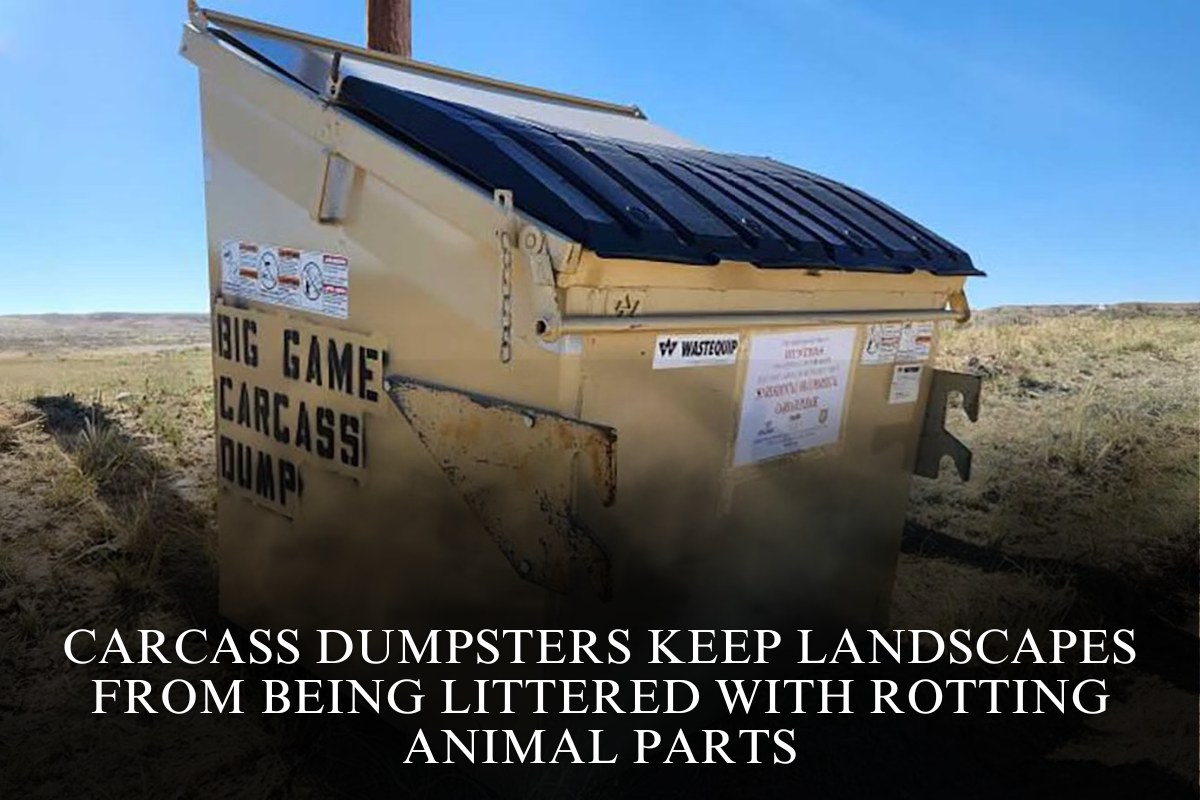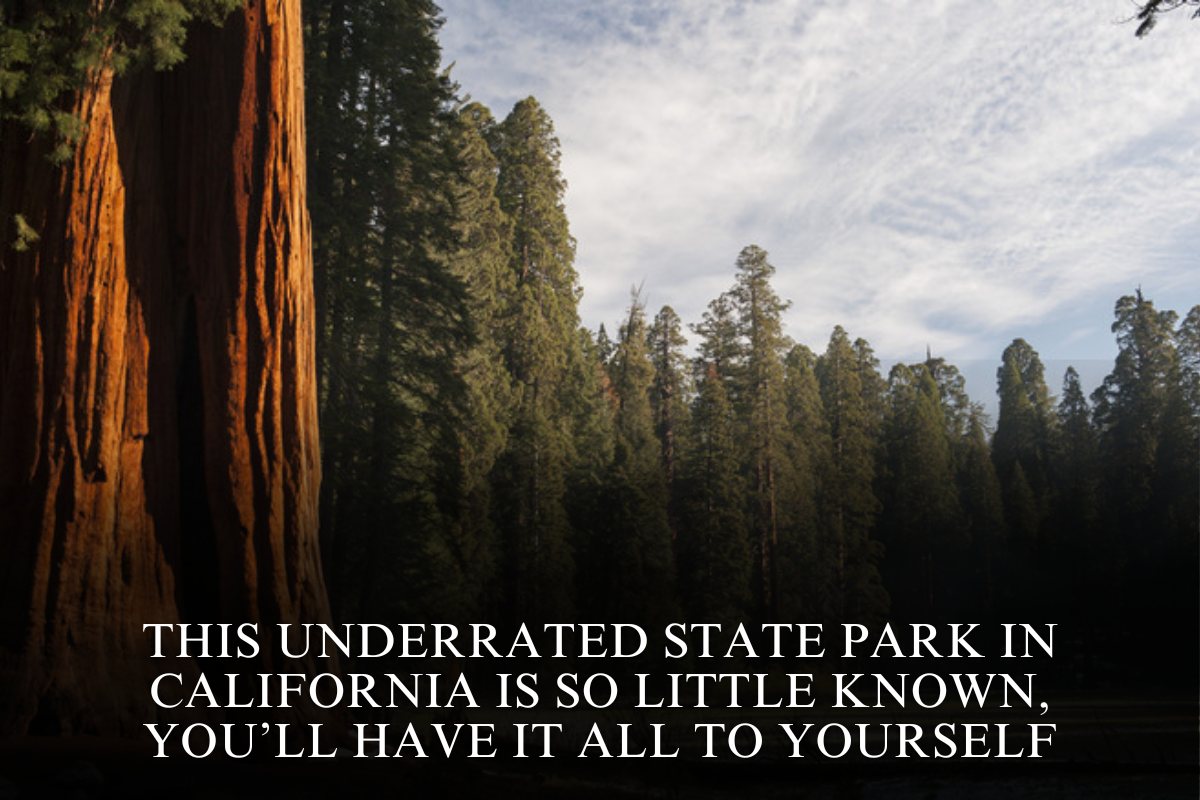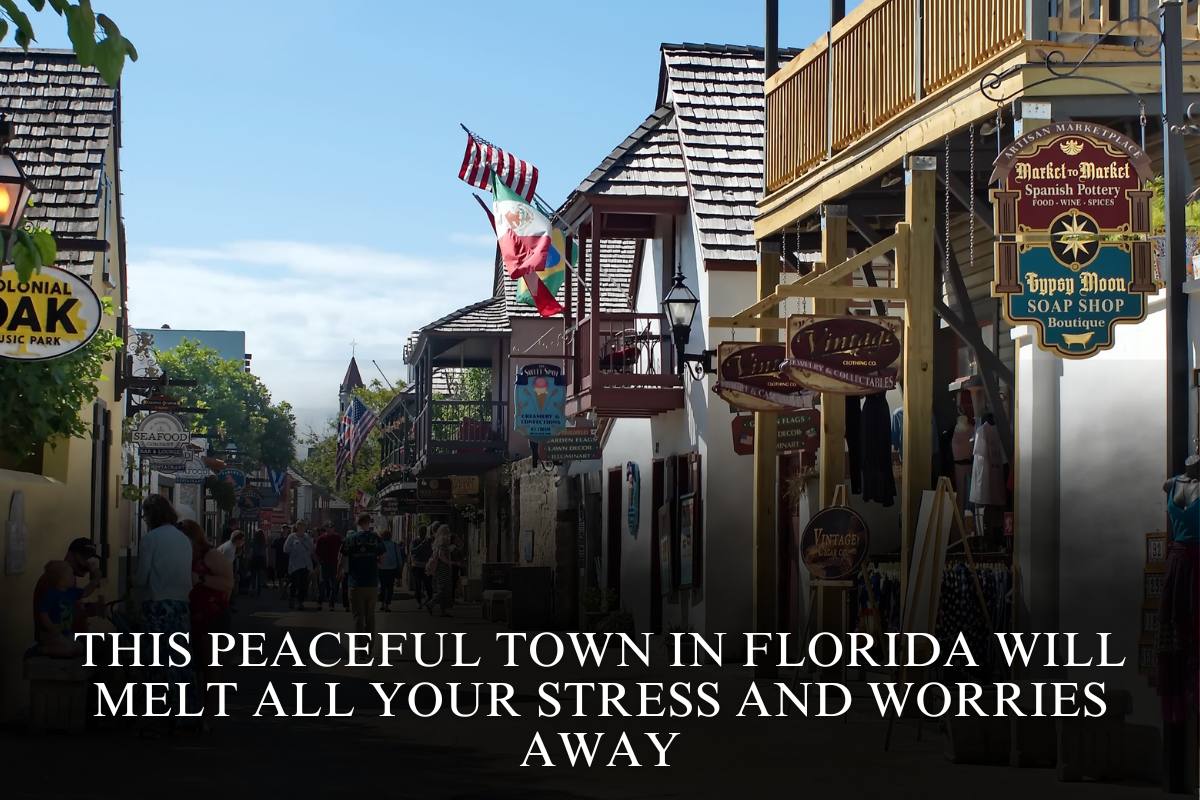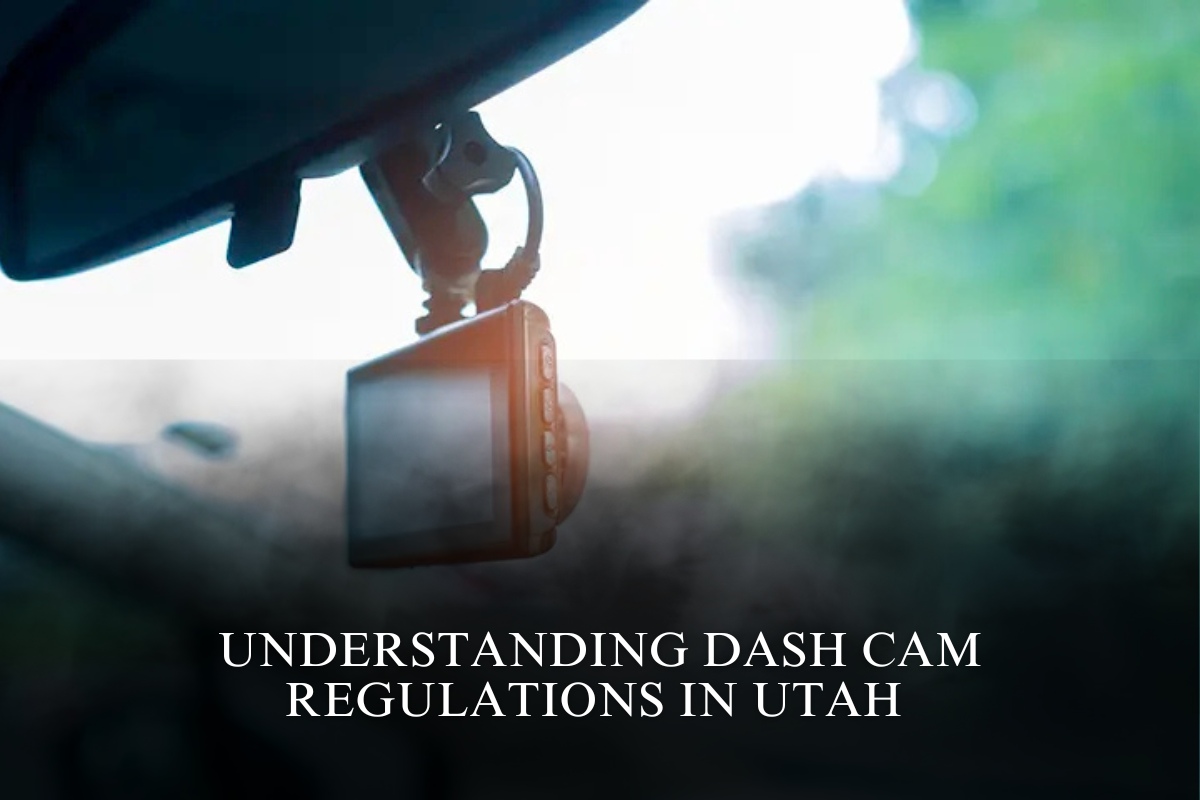CASPER, Wyo. — After hours of deliberation and hearing from community members, experts, and politicians, the Joint Minerals, Business, and Economic Development Committee voted on Wednesday to table a proposed amendment allowing Wyoming nuclear reactor manufacturers to store spent fuel on-site at their facilities.
If the committee had voted in favor of the amendment, it would still not be law. Rather, a “yes” vote would have advanced the issue to the upcoming 2026 legislative session.
The issue has been hotly debated in recent months, both locally in Natrona County and throughout Wyoming, as California-based energy company Radiant plans to build a nuclear microreactor manufacturing facility in the county just north of Bar Nunn.
Radiant’s proposed facility will construct container units containing a reactor and all of the equipment required to convert heat into electricity. The units will have a life expectancy of 20 years, but will need to be refueled every five years. Once fully expended, the used cores, also known as “spent fuel,” will be stored in a dry cask.
However, there is a legislative hurdle that must be overcome before the company’s Wyoming-based facility can open. Currently, Wyoming law prohibits companies from storing spent fuel produced outside of the state. The proposed amendment would change this.
The draft bill allows nuclear facilities to store spent fuel generated by their own reactors. Furthermore, it establishes industrial siting requirements and requires several detailed reports.
At Wednesday’s meeting, committee members heard from dozens of people who strongly opposed the amendment and Radiant’s plans for the area.
Concerns were raised about environmental impacts, health and safety risks, the effects of transporting microreactors on Wyoming highways on a regular basis, ceding local control to groups such as the Nuclear Regulatory Commission, and other issues.
“The people of Bar Nunn have a vested interest in a residential community,” town resident Lee-Ann Newquist explained. “The threat of nuclear manufacturing and storage has placed more than one burden on all who are hardworking families contributing to society.”
“We moved here because we wanted a family community. “We didn’t move here to expose our kids to this kind of danger,” Bar Nunn resident Alex Sherrow said.
Ryan Perry, a community member, expressed concern that long-term storage of spent fuel would increase the risk of a disaster in the absence of a national repository to send it to. Michael Newquist, a Bar Nunn resident, described the amendment and planned nuclear site as “high risk, zero reward.”
Nuclear sites across the United States are required to store spent fuel, but Radiant representatives say this is a temporary solution until the federal government approves a national repository.
Rae, a Northern Arapaho Tribe member, made an impassioned plea to the committee members on Friday, claiming that uranium poisoning caused her two types of breast cancer, caused others to develop cancer, and contaminated the water and soil.
“I’m one of the lucky ones; I’ve had a lot of relatives pass on because of this exposure,” she said. “It’s contaminated our water. We can no longer use the water we drilled for.
“I’m here today to tell you that we support Bar Nunn. We join Midwest in stating that we do not want this nuclear Radiant program here.”
Several people said they were concerned about how the microreactors would be transported, with worries including security on the road, how the nuclear cores would be shielded and impacts to the road itself.
“The question has come up to Radiant — and to my knowledge it hasn’t been answered — how is it going to be shielded as it traveled across the country,” asked Jayme Locke. “I feel like there’s a lot of unanswered questions that folks are concerned with.”
Following her question, Radiant Chief Nuclear Officer Rita Baranwal said the microreactors will have shielding built into their design, with layers of protective coating to contain the radioactive materials.
And meeting attendee Laura Redmond urged caution.
“I would just urge you to think that slowing down might not be a bad idea,” she said. “We don’t have to be the first. We can let other people make the mistakes, and we can capitalize on that. And when we do make the decision to allow something like this into our state, it would be with less of a chance [of something going wrong].”
Opinions weren’t unanimous, though, and many spoke in favor of the amendment and Radiant’s plans for Wyoming.
Meeting attendee Will Almas questioned whether working in nuclear power was any more dangerous than working in a coal mine or on an oil rig.
“There’s been a lot of discussion about risk today,” Almas said. “What it really is, is risk that we’re used to and risk that’s unknown. When we talk about risk, how many people are killed in the coal mining industry? How many people are killed in the oil patch in a year?”
Mike Wandler, a Gillette resident and the president of L&H Industrial, described nuclear power as “the cleanest, safest energy period.”
“The only thing that’s even close to it is solar,” said the engineer.
“I’m starting to believe the nuclear industry is safer than the restaurant industry,” said Bar Nunn Town Councilmember Dan Sabrosky, who backed the amendment and Radiant’s plans.
Sabrosky and Mayor Pete Boyer both expressed previous concerns and questions, which were largely alleviated and answered during a visit to the Idaho National Laboratory, where Radiant’s microreactor will be tested next year before the company can be licensed.
Tristy Thomas, a meeting attendee, expressed her optimism about the economic benefits of opening the state to nuclear industries, saying, “The opportunities it brings for our home are truly inspiring.”
“A facility of this scale will create a major project that could offer a wide range of jobs to Wyoming residents,” she stated, referring to the construction. “After construction, once the facility is operational it will continue to generate long-term, stable jobs and contribute positively to the local economy.”
A number of Campbell County and Gillette politicians also attended the committee meeting. Gillette is known as the “energy capital of the nation” because it plays an important role in the nation’s energy production, particularly coal.
“I support the bill. “I think it’s good, and it accomplishes two goals,” Campbell County Commissioner Scott Clem stated. “For starters, I believe it provides additional opportunities for people to speak. I believe inviting public input during the industrial siting process is a positive step. I also like the bill because it ensures that we control the waste that enters the city.”
The full draft bill can be viewed here.
DOE Plans
Before listening to public comments on the proposed amendment and Radiant’s plans, the committee heard from U.S. Department of Energy representative Paul Murray, the deputy assistant secretary in the Office of Spent Fuel and High-Level Waste Disposition.
President Donald Trump recently issued four executive orders aimed at strengthening America’s nuclear industry. The orders direct the Nuclear Regulatory Commission to establish a pathway for approving reactors that have been safely tested by the DOE or Department of Defense, with the goal of seeing three new reactors go critical by 2026.
Trump also gave the DOE 240 days to produce a report outlining plans for the backend of the fuel cycle.
“Part of that plan also calls for us to consider the processing of spent nuclear fuel,” Mr. Murray said.
The federal government is currently looking to build a national repository for spent nuclear fuel, but Murray stated that his visit was to share information and dispel misinformation, not to choose a location for the repository in Wyoming.
“At this point in time, all the work we’ve been doing is to raise people’s awareness about spent nuclear fuel,” he told reporters. “We’re not trying to site any facilities at this moment in time.”
Murray discussed the safety of storing spent nuclear fuel in dry casks, stating that the casks are subjected to rigorous testing, including resistance to strong impacts, fire, extreme cold, and other conditions.
“In the U.K., they actually took a spent fuel cask and crashed a train into it,” he told me. “They put it across the tracks, a passenger train hit it, the passenger train was destroyed and they went and picked up the spent fuel cask.”
According to Murray, there have only been a few road accidents involving spent nuclear fuel transports in the last 55 years, the most recent of which occurred in 2014 when it collided with a pineapple truck. There were no accidents that resulted in the release of hazardous waste.
Murray provided a brief history of nuclear energy in America, beginning with research into the feasibility of a repository in the 1950s and continuing into the twenty-first century.
According to Murray, the country stopped considering the possibility of a repository in the 1970s. When committee member Sen. Tara Nethercott asked why the idea was temporarily abandoned, Murray explained that it was a policy decision made by the administration at the time.
Murray also stated that other countries, including Spain, the United Kingdom, and Canada, had stopped and restarted nuclear programs.
“It’s time for America to come out of the penalty box,” the president said.
